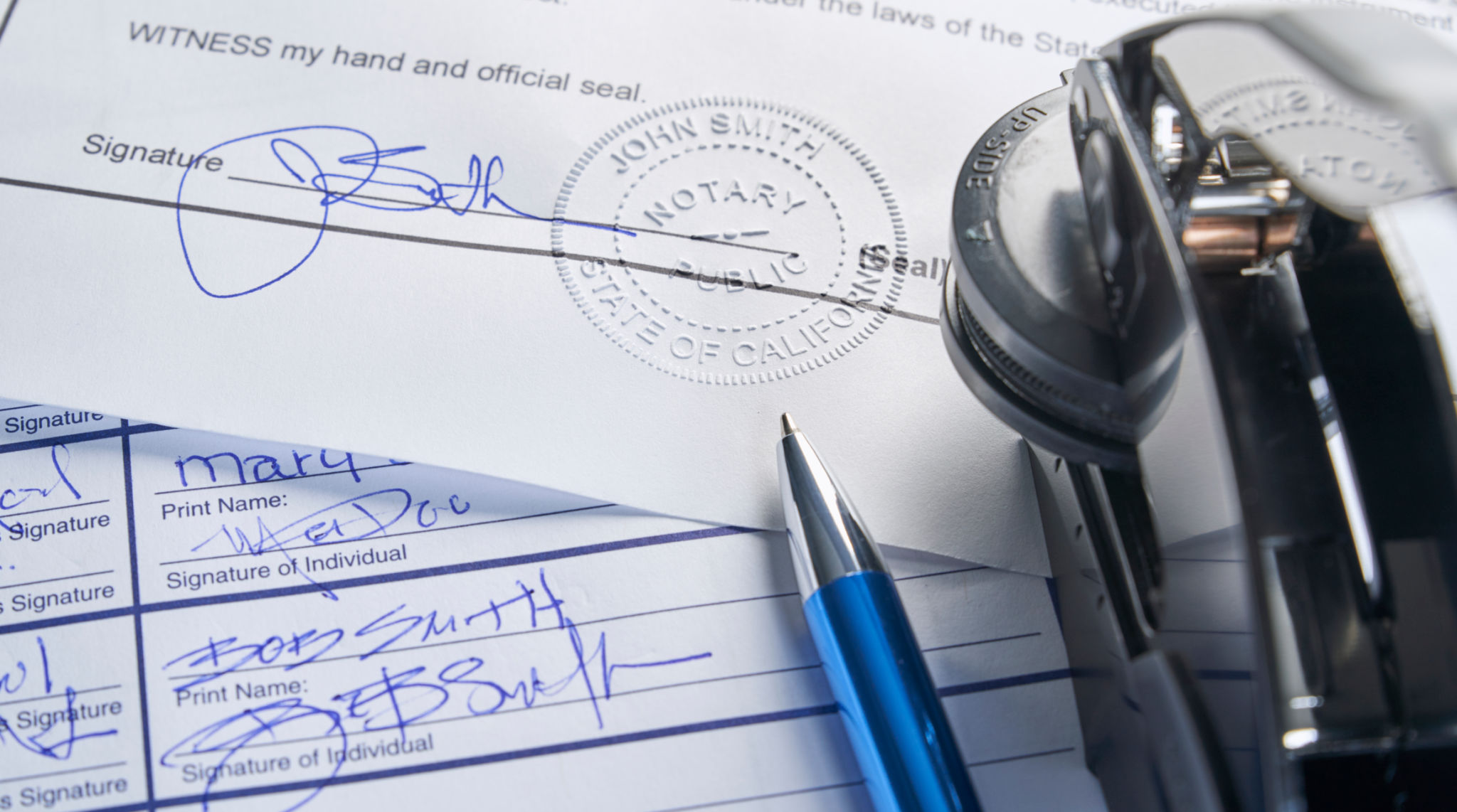Understanding the Notarization Process: A Step-by-Step Guide
Understanding the notarization process is essential for anyone dealing with legal documents. It's a critical step that ensures the authenticity and integrity of documents. Whether you're buying a house, signing a power of attorney, or executing an affidavit, notarization adds a layer of trust. This guide walks you through the process step-by-step, making it easier to navigate the complexities involved.
What is Notarization?
Notarization is the official process of verifying the authenticity of a document and the identity of its signatories. A notary public serves as an impartial witness, ensuring that all parties sign willingly and under their own accord. This process helps prevent fraud and forgery, providing peace of mind for all involved parties.

Steps in the Notarization Process
Step 1: Find a Notary Public
The first step is to locate a qualified notary public. Notaries can often be found at banks, law offices, and shipping centers. Many states also offer online directories to assist in finding a notary near you. It's important to verify their credentials and ensure they are authorized to perform notarizations in your state.
Step 2: Prepare Your Documents
Before visiting the notary, gather all necessary documents and ensure they are complete. Incomplete or incorrect documents may lead to delays in the notarization process. Make sure all parties involved are present and have valid identification, as the notary will need to verify identities before proceeding.

Step 3: The Notarization Ceremony
During the notarization ceremony, the notary will review the document to ensure it is complete and that all signatories understand its contents. Each party will then be required to sign the document in the presence of the notary. The notary will also record the transaction in their journal and may require you to swear an oath affirming the truthfulness of the document's content.
Types of Notarization
There are several types of notarization, each serving a unique purpose. Knowing which type you need can save time and prevent errors:
- Acknowledgment: Verifies that the signer is who they claim to be and signed the document willingly.
- Jurat: Involves taking an oath or affirmation that the contents of the document are true.
- Copy Certification: Certifies that a reproduction of an original document is accurate and complete.

Completing the Process
Once the notarization ceremony is complete, the notary will affix their seal or stamp to the document, marking it as officially notarized. Keep this document safe, as it may be required for future legal proceedings or transactions. Remember, notarization does not validate the content of a document; rather, it confirms the legitimacy of its signing.
Why Notarization is Important
Notarization is crucial in maintaining trust in legal transactions. It protects against identity theft and fraudulent activities by ensuring that all parties involved are genuine and aware of their commitments. This process is an integral part of many legal systems worldwide, providing a standardized method for authenticating documents.
Whether you're a first-time homebuyer or handling complex legal matters, understanding notarization can help you manage your affairs confidently and efficiently. With this guide, you're now equipped to approach notarization with clarity and assurance.